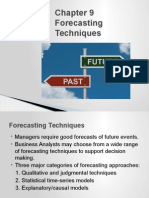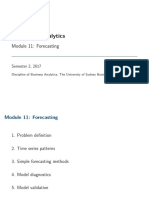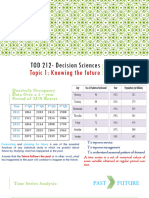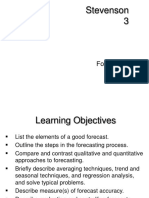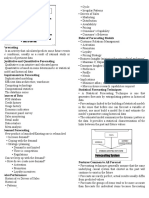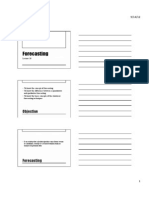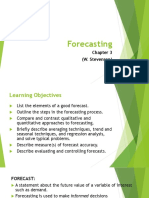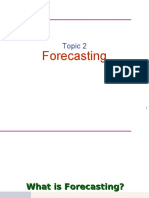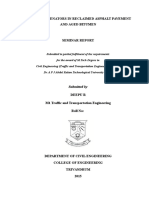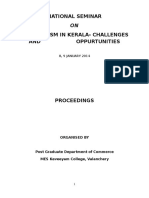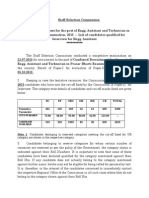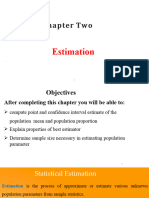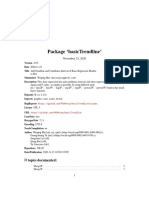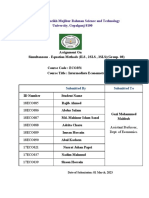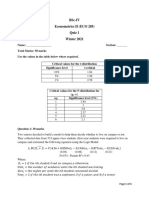0% found this document useful (0 votes)
91 views54 pages11 - Introduction To Forecasting Analysis
The document discusses the ICAO's strategic objective for the economic development of air transport, focusing on forecasting analysis and methodologies. It outlines various forecasting timeframes (short-term, medium-term, and long-term) and the types of data used in these analyses, emphasizing the importance of accurate predictions for planning and resource allocation. Additionally, it introduces regression analysis as a tool for understanding relationships between variables in air traffic forecasting.
Uploaded by
Vinu T KumarCopyright
© © All Rights Reserved
We take content rights seriously. If you suspect this is your content, claim it here.
Available Formats
Download as PPTX, PDF, TXT or read online on Scribd
0% found this document useful (0 votes)
91 views54 pages11 - Introduction To Forecasting Analysis
The document discusses the ICAO's strategic objective for the economic development of air transport, focusing on forecasting analysis and methodologies. It outlines various forecasting timeframes (short-term, medium-term, and long-term) and the types of data used in these analyses, emphasizing the importance of accurate predictions for planning and resource allocation. Additionally, it introduces regression analysis as a tool for understanding relationships between variables in air traffic forecasting.
Uploaded by
Vinu T KumarCopyright
© © All Rights Reserved
We take content rights seriously. If you suspect this is your content, claim it here.
Available Formats
Download as PPTX, PDF, TXT or read online on Scribd
/ 54












